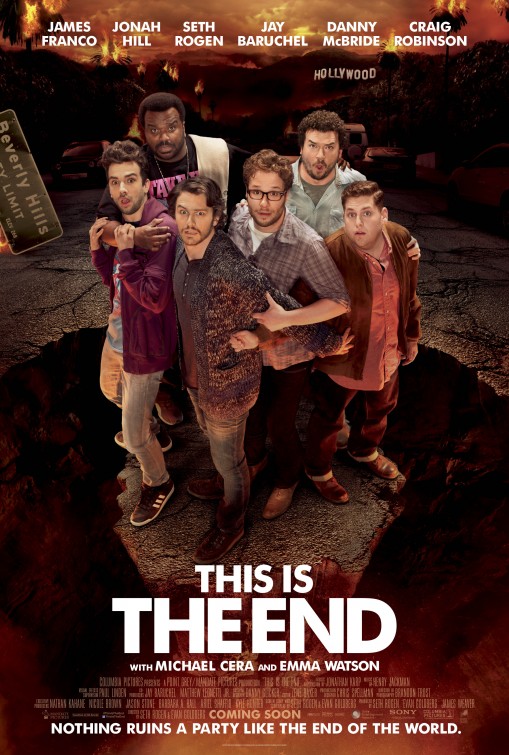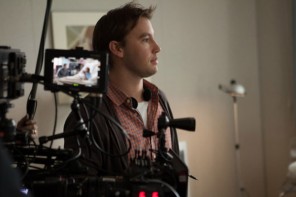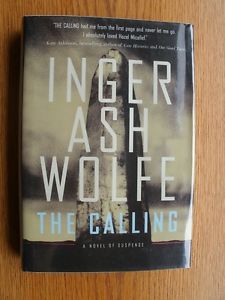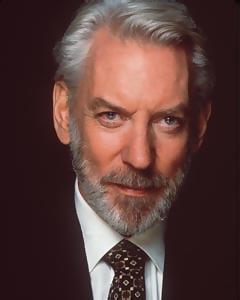Interview with The Calling director Jason Stone: working with Seth Rogen and Donald Sutherland

One thing you can say about Director Jason Stone is that he is a self made man. Growing up in Toronto, he worked his way up the ranks but cold calling sets and gaining himself film work. Going from being a Production Assistant to various positions to now being a full fledged film director.
Jason got a big break when a little short he made with comedy heavyweights Seth Rogen and Evan Goldberg titled “Seth and Jay vs The Apocalypse” was optioned for a film and eventually became “This is the End” which was one of Seth Rogen’s biggest movies to date.
The Calling is Jason Stone’s directorial debut and with a stellar cast like Susan Sarandon, Topher Grace, Ellen Burstyn and Donald Sutherland, he couldn’t of asked for a better team to work with.
I talked with Jason to ask him about his directorial debut, his experience working with Donald Sutherland and how this experience will effect his next film.

KP: So, you’ve probably have gotten this a lot during your press rounds today but I had no idea that you were involved with the creation of the Seth Rogen film, “This Is The End” and also helped to created the short (Seth and Jay vs the Apocalypse) that would eventually become the feature film. How did that whole process come about?
JS: I was at film school and I had this idea to do something ridiculous, funny and epic with a $2000 budget. We had access to the equipment we needed to make the film while I was at U.S.C.
I knew Seth and Jay, who were friends of mine, Evan was Seth’s partner and another good friend of mine. So we shot the short after my second semester at U.S.C and we shot it kind of as a joke. Maybe we could use it as a way to gain an agent or just put it online.
We posted the trailer when Knocked Up came out and Seth was becoming a big movie star and people really responded to it and thought it was hilarious. We ended up selling the idea to mandate who made it into a feature, which actually wound up taking five or six years to finally get done. We worked on that script for about two years with all of the cast in mind. Once the script was done we took it out, people seemed to respond and we went ahead and made it.

KP: Was this you’re first time directing?
JS: Yep, this was the first time anyone trusted me enough to get behind the camera and shoot something myself (laughter)
KP: So then what we’re some of the challenges having this be your first feature? Are you happy with the final product? And how was it working with such an eclectic cast such as this.
JS: Yeah I got very lucky getting this cast that we had. The challenge was getting everything we wanted to get done within the limited time frame we had.
We only had nineteen days, which, (unless you’re familiar with production) is a fraction of the time you usually get to make a film.Espically one with forty locations and twenty five speaking roles. Time is always the most difficult part but the thing is we had an amazing cast that could deliver fantastic performances with very limited takes.

KP: This film is based on a series of mystery novels by Michael Redhill A.K.A Inger Ash Wolfe. Were you familiar with the books before going into production?
JS: No, I wasn’t. Actually I never read the book. I deliberately kept that for Scott (Abramovitch) our writer because he adapted the book.
Even before I was involved there was a screenplay done and I thought it would behoove the project to keep an objective eye from my point of view, when I could bring different things to it without being too precious with changing or dropping the source material.
KP: This seemed to be Scotts first time being the sole writer on a feature film. With this also being your first feature, did you find that the two of you have a camaraderie on set?
JS: For sure, as soon as Susan Sarandon got involved, we realized that this was going to be a movie that was going to happen, cause once you get a piece of casting like that in place, the pieces start to fall together.
We were definitely on the same page as far as the excitement and pressure on each other to deliver the best version of everything that we were doing. Even on the days that changed needed to be made on the set, we were always really quick with making adjustments and tweaking the script, which we did quite often.

KP: What was a really strong story memory you can take with you walking away from this project?
JS: I’d say working with Donald Sutherland was a really great memory. Going into this I had been warned by people, producers that had told me he can be a handful. That he could be difficult and try to run the set. Very quickly though, we found a rapport that became seamless.
I went up to this hotel the night before we went to set and one totally surreal experience was when he handed me his pages for one of his scenes and asked me to read with him. Next thing you know I’m, sitting at a table, with Donald, reading a four page scene. At the end he looks up and i’m not saying anything.
He’s waiting for me to say something and asks what do you think? I said I think it was amazing, terrific. He then said good, but I replied by asking If I could offer a note. He then looks at me skeptically, waiting to see what’s going to fall out out of my out and how I’m going to stick my foot in it.
I gave him a smell note and he smiled, acknowledged it and said that we should do that tomorrow on set. Then, from then on, he was on my side. We got along really well and he gave me all of his pages and notes afterwards with a beautifully, handwritten letter. We kept in touch and he’s a phenomenal person and an incredible talent.
KP: Did you have any influences, or any other films you wanted to emulate going into this film? OR did you want to completely make it your own?
JS: You always try to make it your own. I did try to bring a sensibility that was a little different, very much so in the characterization of Simon. I think that’s something we haven’t really seen quite in that way.
You’ve seen spiritually driven maniacs, you’ve seen that before but the sympathy, the menace held in the same scene, by the same character made it something unique and that’s a testament to how Chris (Heyerdahl) embodied that role. Which was something that was very attractive to me from the start of how we were going to execute the film.
There were plenty of influences though. I knew that filmography that we were playing with, I mean there’s a canon of films that have come before wether it’s Seven, Silence of the Lambs or Kiss the Girls. David and I, the cinematographer would look at films that were provocative but also formulaic.
It’s Classically staged with a few moments that step outside of that. I was also very aware that we would be compared to Fargo since we were dealing with dark themes, in a winter setting with a female detective but I tried to stay away from that comparison.
KP: Now having completed this project. Moving forward, what have you learned from this experience and what will you take with you going into your next project?
JS: Well you learn something new everyday, wether it’s a tiny short or a big feature. I’m not sure if there was one defining lesson that I would gravitate to. I would say trusting your actors and pushing to get the most, boldest choice.
Taking the biggest risks when they present themselves and not shying away from things that might be uncomfortable or may not work. You can always edit the mistakes out but if you get something great because you’re taking a risk , then that’s some of the best stuff you can get.
So I feel like going into my next project I would try to push that even further and take even bigger risks with performance and bolder choices.
The Calling is now playing at Cineplex International Village.

